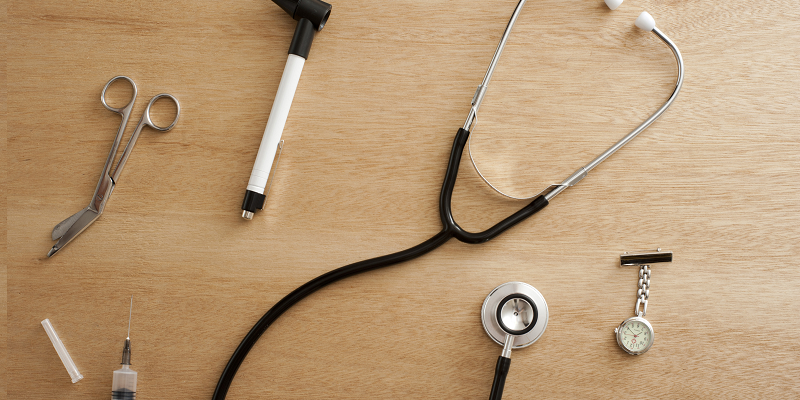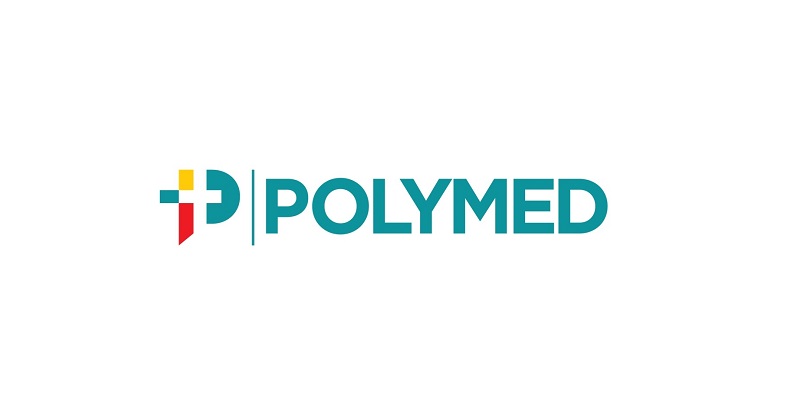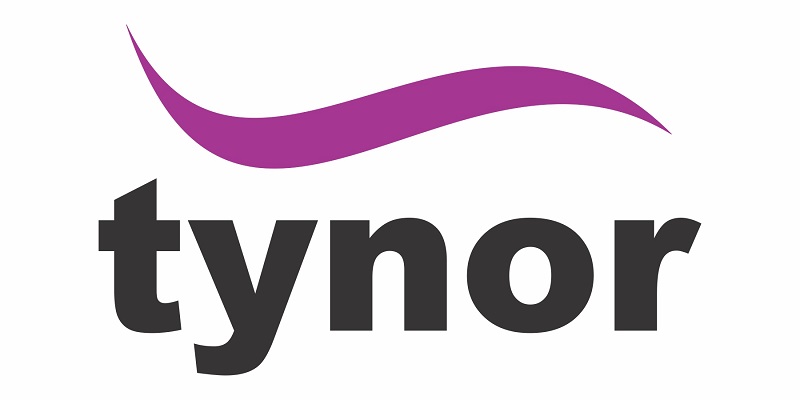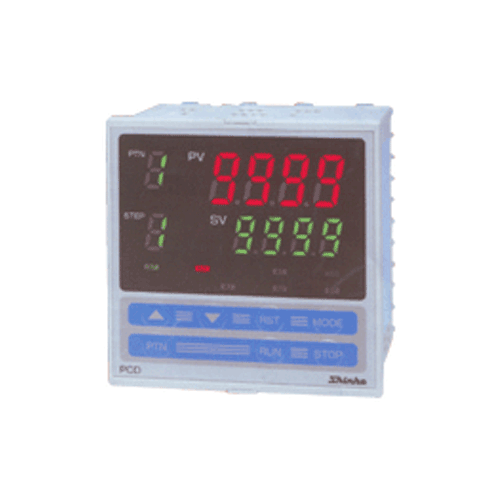Schedule a Call Back
Positioning technology solutions ensure reliability in medical equipment design
 Industry News
Industry News- Nov 03,23

Though a smaller piece of the overall design, from the end user?s standpoint, how easy it is to move and adjust the equipment can play a larger role in defining the perceived quality, reliability and effectiveness of the apparatus. Because low performing solutions can contribute to the failure of an otherwise well-designed piece of equipment, engineers should focus on incorporating pre-engineered, validated positioning arms and display mounting solutions to ensure long-term reliability.
Current medical equipment design challenges
Medical equipment used in today?s healthcare environment is subject to more wear and tear than ever before. Many items, even very heavy equipment such as imaging devices, are designed to be moved and adjusted. They often feature complex user interfaces, like touchscreens or computer terminals, which must stay positioned as desired. At the same time, industry standards for safety and usability must be met.
In a medical setting, equipment is in constant use, and may be exposed to harsh cleaning products or chemicals, extreme temperatures or biohazards. Patients or healthcare workers may lean on them. When moved or transported, machines are regularly subjected to shocks and bumps.
Dysfunctional positioning mechanisms take a toll on operator comfort, efficiency and satisfaction. Poor design and inadequate durability are frequently to blame. Since a breakdown of critical equipment can increase the risk of operator strain over time, all facets of medical equipment, including positioning technology, must be designed to maximise operation and usability.
Display positioning systems designed for light use or with adjustment knobs or levers often cannot withstand the rigors of daily use. Operators may not know how to use them, want to take the time to adjust them, or even realise adjustment is an option. Healthcare workers may damage positioning arms with intricate settings by trying to force them into place?resulting in a bent mechanism that is still operational but not ideal or a machine that must be repaired altogether.
In some cases, positioning arms or display tilt mechanisms may move as intended, but lose their ability to stay put over time or shift their position during transport. An operator must then make continual readjustments to keep equipment in position and will often adjust their own position, rather than adjust the equipment to their preferences. For example, rather than tilt a screen over and over to coincide with his or her line of vision, a user will hunch down or squint to adapt to the screen?s default position. Inadequate positioning durability can make an otherwise high-performance piece of equipment painful to use or worse, a warranty liability.
Quality positioning mechanisms improve equipment usability
The ultimate goal of successful medical equipment design is to make the apparatus so easy to use that it is ?invisible??in other words, it doesn?t distract the operator from their daily job functions. Operation should be intuitive and ergonomic, safely accommodating unique user preferences. Well-designed equipment ultimately improves end user experience, rather than causing added stress or strain. And it should last.
Positioning technology designed with engineered constant torque helps to achieve these objectives. It advances medical equipment designs by eliminating the problems inherent in less sophisticated mechanisms. High-quality, pre-engineered arms, display mounts and hinges designed with constant torque technology are extremely reliable, requiring no maintenance or adjustment for the life of the product.
Constant torque technology uses engineered friction systems to provide continuous resistance against motion. This means a person can 1) adjust equipment to the most ergonomically comfortable position with minimal effort and 2) rely on the positioning technology to maintain that exact setting without drifting, even when a machine is moved. Constant torque solutions for display mounts and arms allow simple, one-handed positioning of heavy screens and monitors, vastly improving operator experience, comfort and convenience. In addition to positioning arms and mounts, constant torque hinges also provide intuitive end user operation. These hinges provide a full range of motion stops and are useful for doors, panels and heavy lids that need to be easily opened and closed. Constant torque hinges offer precise, quiet, low-vibration control that delivers the smooth user experience expected of a high-end piece of equipment.
Pre-engineered solutions alleviate design risks
Critical to the utility and longevity of medical equipment, reliable and durable positioning should be accounted for early in the design process. Incorporating pre-engineered solutions for display arms, mounts and hinges can ensure smooth operation for the life of the equipment, increase customer satisfaction, aid in compliance with changing medical design requirements and avert recalls, warranty claims and safety issues.
Taking advantage of proven, constant torque technologies is a smart way to reduce designer risk while saving time and expense on R&D. Designers who attempt to cut costs by designing medical equipment positioning systems in-house or by using competitor products intended for lighter duty applications may uncover numerous hidden expenses. Engineering, tooling, product testing and validation costs add up, while time to market is delayed or products are returned for poor performance. The engineer tasked with ensuring that the design fulfils all the application parameters often bears the responsibility when the mechanism fails.
Pre-engineered solutions that are designed from the ground up to withstand the demands of the medical environment offer many advantages. Their reliability has already been validated both by the manufacturer and by other companies that have used them. These components allow for more streamlined designs as well. For instance, a single constant torque hinge may substitute for a hinge/gas strut combination on an incubator lid, imparting a sleek appearance, eliminating protruding parts, and reducing labour costs for installation and assembly. Pre-optimised solutions may be specified to match equipment size, operating effort, operating environment and colour, further simplifying the design process.
Special considerations for medical equipment design
Well-designed, pre-validated display mounts, arms and hinges can save time in medical equipment design and help shift the burden of risk from the designer to the manufacturer, while enabling component reduction and raising customer satisfaction. Choosing a proven, engineered positioning technology solution from a reputable supplier ensures that the mechanism will provide reliable operation for the lifespan of most equipment, making it the ideal choice for medical equipment applications where precise positioning and control is critical to the overall design.
Related Stories

Morepen Labs to spin off medical devices unit into separate entity
The move aims to unlock value and enhance focus on this segment.
Read more
Poly Medicure calls for import substitution in upcoming Budget; Himanshu Baid
Currently around 70% of medical devices and equipment worth nearly Rs 500 billion used in India are imported. The current duty structure for these imports ranges from 7.5% to 10%.
Read more
Temasek in talks to buy Rs 9 billion stake in medical equipment firm Tynor
The person further said that Temasek has bid for an up to 30-35% stake in the company for $100-120 million.
Read moreRelated Products

Programmable Controllers - Pcd-33a Series
Pro-Med Instruments (P) Ltd offers a wide range of programmable controllers - PCD-33A Series.

Gasket Graphite Powder
Arihant Packing & Gasket Company offers a wide range of gasket graphite powder.
Asahi Kasei expands 3D printing filament sales in North America
Asahi Kasei, a leading resin and compounding technology provider, has initiated the sales of 3D printing (3DP) filaments in North America through Asahi Kasei Plastics North America (APNA). The soft la Read more













